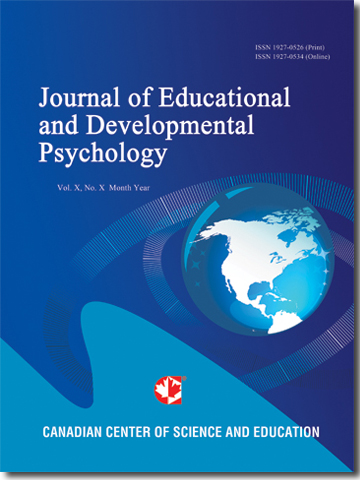Assessing Gambler’s Fallacy in Children Through Framing and Executive Functioning
- Juliette H. Pope
- J. Mark Cleaveland
Abstract
There is a gap in the literature concerning how recency biases develop in younger cohorts, and their impact on mathematical reasoning. The gambler’s fallacy is a negative recency bias that is defined as the false belief that for independent events, a streak of one outcome means that outcome is less likely to occur on a subsequent trial. In order to explore the developmental trajectory of this phenomenon, two groups of young children (4-5 years vs 7-8 years) participated in three tasks. All children first participated in a Flanker Inhibitory Control and Attention Test. The results of this test served to provide a measure of executive functioning for each participant. Next the children participated in two outcome prediction tasks. In one, each child observed a “friend” hiding behind one of two bushes over a sequence of trials, and then predicted their hiding location on a critical choice trial. In the other prediction task, participants observed an animation of a leaf falling from a tree and landing in one of two locations. In a critical choice trial, the participants predicted the landing spot of the leaf for the subsequent trial. Our data show 1) age differences in executive functioning scores, 2) an increase in negative recency bias as a function of executive functioning, and 3) the influence of framing effects on recency bias.
- Full Text:
 PDF
PDF
- DOI:10.5539/jedp.v14n1p11
Journal Metrics
(The data was calculated based on Google Scholar Citations)
1. Google-based Impact Factor (2021): 1.11
2. h-index (December 2021): 29
3. i10-index (December 2021): 87
4. h5-index (December 2021): N/A
5. h5-median (December 2021): N/A
Index
- Academic Journals Database
- CNKI Scholar
- Copyright Clearance Center
- CrossRef
- Elektronische Zeitschriftenbibliothek (EZB)
- EuroPub Database
- Excellence in Research for Australia (ERA)
- Harvard Library
- Jisc Library Hub Discover
- JournalSeek
- JournalTOCs
- LIVIVO (ZB MED)
- LOCKSS
- MIAR
- Open Access Journals Search Engine(OAJSE)
- PKP Open Archives Harvester
- Publons
- ROAD
- Scilit
- SHERPA/RoMEO
- Standard Periodical Directory
- Stanford Libraries
- Technische Informationsbibliothek (TIB)
- UCR Library
- UoB Library
- WorldCat
- Zeitschriften Daten Bank (ZDB)
Contact
- Carol WongEditorial Assistant
- jedp@ccsenet.org
